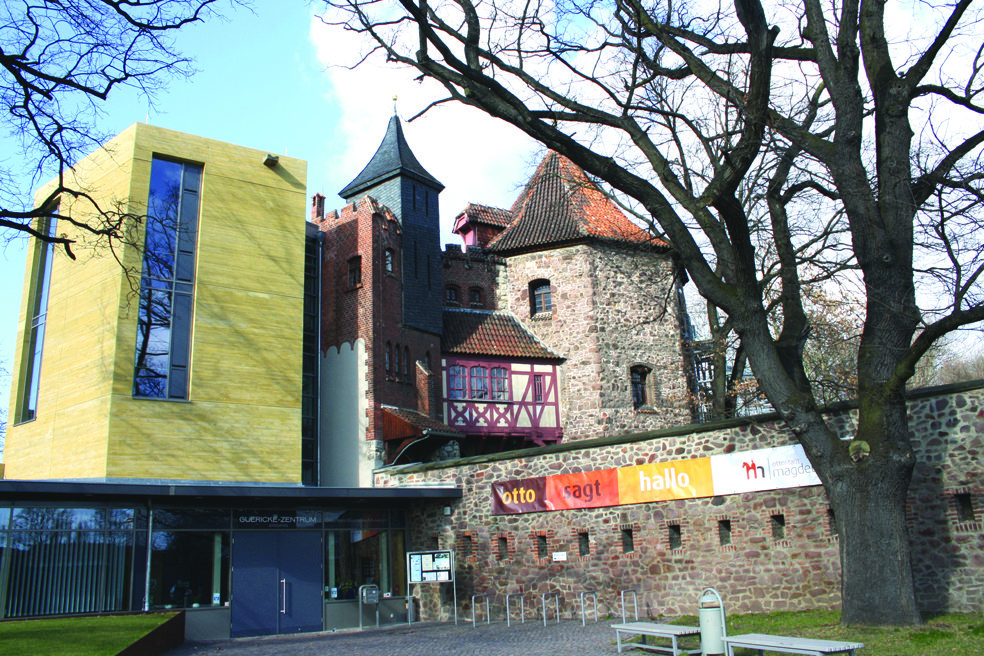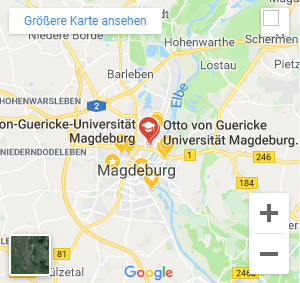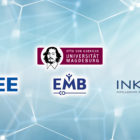
About EMBS

IEEE Engineering in Medicine and Biology Society (EMBS) is the world’s largest international society of biomedical engineers. The organization’s 12,000 members reside in some 97 countries around the world. EMBS provides its members with access to the people, practices, information, ideas and opinions that are shaping one of the fastest growing fields in science.
Our members design the electrical circuits that make a pacemaker run, create the software that reads an MRI, and help develop the wireless technologies that allow patients and doctors to communicate over long distances. They’re interested in bioinformatics, biotechnology, clinical engineering, information technology, instrumentation and measurement, micro and nanotechnology, radiology, and robots. They are researchers and educators, technicians and clinicians—biomedical engineers are the link between science and life science, creating innovations in healthcare technology for the benefit of all humanity.
About Biomedical Engineering
As their title suggests, biomedical engineers work at the intersection of engineering, the life sciences and healthcare. These engineers take principles from applied science (including mechanical, electrical, chemical and computer engineering) and physical sciences (including physics, chemistry and mathematics) and apply them to biology and medicine. Although the human body is a more complex system than even the most sophisticated machine, many of the same concepts that go into building and programming a machine can be applied to biological structures and diagnostic and therapeutic tools.
The goal is to better understand, replace or fix a target system to ultimately improve the quality of healthcare.
Biomedical engineering is the fastest-growing career and this trend is expected to continue over the next decade. To learn more about the career of biomedical engineering, check out our student site.
Videos About Biomedical Engineering
If you’d like to learn more about biomedical engineering, check out one of the following videos.
- Physicians, learn about some of the latest advances in biomedical engineering and how you can participate to help influence the direction of research and development.
- Students, learn about the career of biomedical engineering through some of the latest advancements in the field.
Our Mission
IEEE EMBS benefits both humanity and its members by:
- advancing medicine and biology through the application of engineering sciences and technology
- promoting the profession of biomedical engineering, fostering professional development and recognizing excellence
- presenting conferences that bring together scientists, engineers and physicians from multiple disciplines to disseminate knowledge and solve complex problems
- establishing technical standards
- providing global leadership for the profession
Areas of Technical Interest
IEEE EMBS members are focused on the development and application of engineering concepts and methods to provide new solutions to biological, medical and healthcare problems. The field encompasses:
- Diagnostic Systems
- Therapeutic Systems
- Healthcare and Bioinformation Systems
- Technologies & Methodologies
Publications
IEEE EMBS is the leading publisher of original research in biomedical engineering. We have 11 technical journals and transactions, including the award-winning IEEE PULSE Magazine, which attracts a broad readership, with its general and technical articles.
Global Reach
IEEE EMBS provides global opportunities for activities from local Chapters for students or general members. From these Chapters, members can network, attend a workshop or tutorial, listen to a guest lecture or present their research at a regional conference. With over 123 EMBS Chapters, 44 Student Branch Chapters and 23 Student Clubs, wherever you are in the world you can participate in IEEE EMBS activities.
Conferences
We sponsor several scientific conferences throughout the year. EMBS Conferences provide an opportunity for members and non-members to present and share research information, receive feedback, create networking and employment opportunities and learn about the emerging technologies that will influence future advances in biomedical engineering and healthcare technology.
Awards
EMBS identifies and recognizes the accomplishments and technological excellence of our members. This helps to demonstrate to the world—and educate the public about—the importance of Biomedical Engineering while creating interest in the profession as a career.
Sponsorship and Advertising
Featuring your company at an IEEE EMBS conference or in our publications provides an excellent opportunity to engage with professionals of all levels who are actively evaluating the best that the industry has to offer. Interact with industry experts, professors, biomedical engineers, clinicians, researchers, graduate students, policymakers and key purchasing decision makers.
Exhibitors have the opportunity to join other industry leaders and up-and-coming organizations that will be showcasing and promoting their existing and newly-developed products first-hand to attendees. Demonstrate your cutting-edge, innovative products and services to a global network of thousands of professionals that control multi-million dollar spending budgets.
Source: https://www.embs.org/
About Magdeburg

With 1200 years of rich and colourful history, Magdeburg is one of the oldest cities in the new federal states of the former East Germany, situated on the Elbe river.
Magdeburg was once an imperial palatinate, a member of the Hanseatic League and a Prussian Fortress which has been marked by unimaginable war and destruction. However, Magdeburg allowed the currents of time to take it into a new future full of possibilities; the city was reconstructed and a particular importance was attached to the maintenance, care and preservation of cultural goods.
Magdeburg was once the cradle of the German Nation. Otto the Great, the first Holy Roman Emperor, made Magdeburg his favourite palatine, commissioned the erection of a mighty cathedral as well as elevated the city into an Archbishopric despite all opposition. The city shaped up to become a centre of the Christian occident where Magdeburg was home to the Oberhof, a supreme authority which played a major role in the history of medieval legislation.
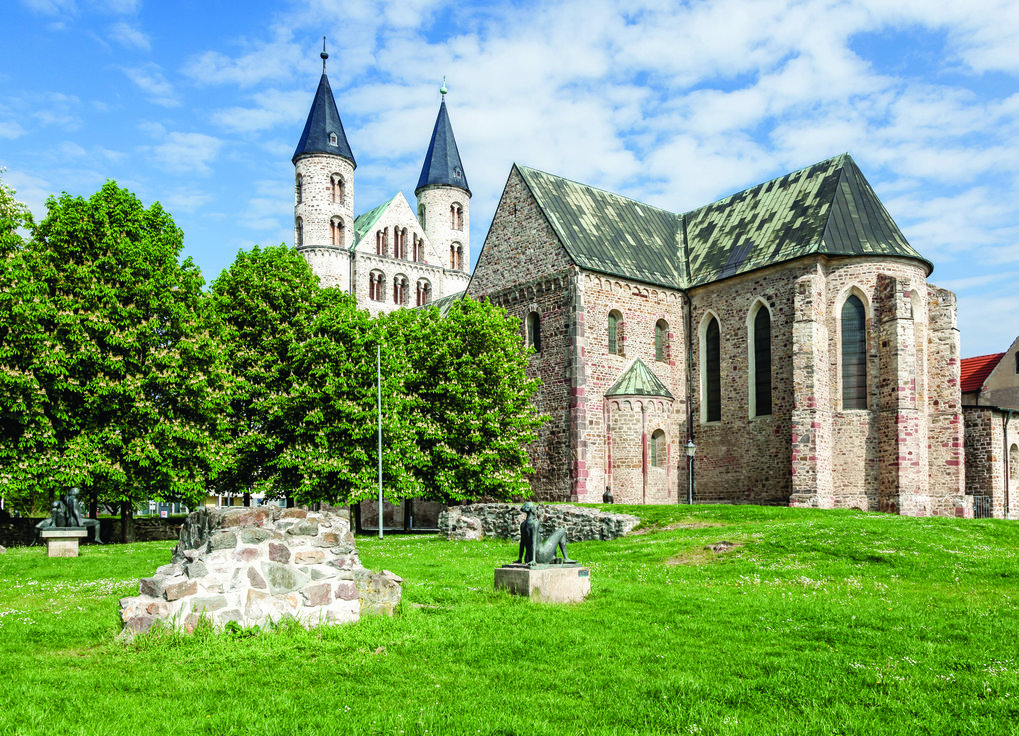 Zoom Image
Zoom Image
Martin Luther preached in Magdeburg where he turned the city into an important protestant stronghold; Otto von Guericke invented the air pump as well as discovered the vacuum; the Baroque composer Telemann wrote his first opera in Magdeburg; the engineer Hermann Gruson introduced chilled cast iron products, a breathtaking development in mechanical engineering; Hans Grade carried out the first German motorised flight attempt in the Cracauer Anger area and the engineer Rudolf Nebel made first attempts to promote the launch of a rocket with a human passenger on board.
Magdeburg has shaped up to become a thriving business location as well as a centre of science and research enjoying nationwide importance. Located at the heart of an important business region, Magdeburg has emerged as a vibrant hub of trade and services while at the same time providing for an attractive scientific landscape where an impressive research and science infrastructure has developed around the Otto von Guericke University and the University of Applied Sciences Magdeburg-Stendal. About 18000 young people study in Magdeburg where they particularly appreciate the close relationship between theory and practice as well as enjoy the hustle and bustle of a big city.
Most popular attractions in Magdeburg
The Magdeburg Cathedral, dedicated to St. Maurice and St. Catherine, (Dom St. Mauritius und Katharina) is the first Gothic-style cathedral to be constructed on German soil, one of the largest church buildings in Germany and the most famous attraction in Magdeburg. The origins of the cathedral can be traced back to the year 937, when Emperor Otto the First founded a monastery and dedicated it to St. Maurice.
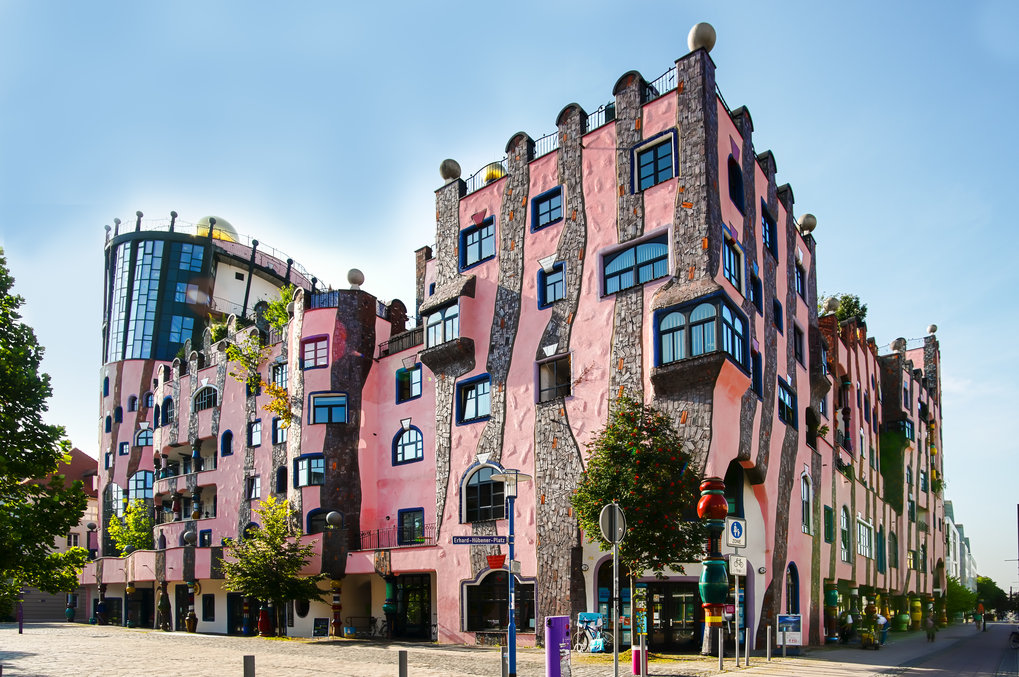 Zoom Image
Zoom Image
The Green Citadel of Magdeburg (Grüne Zitadelle / Hunderwasserhaus) is one of Magdeburg’s most eye-catching attractions and is also one of the last architectural masterpieces designed by the artist Friedensreich Hundertwasser. The Hundertwasser Building is located among a mixture of Baroque facades and examples of modern design and provides the Breiter Weg with yet another landmark in the form of an imaginative construction injecting a burst of colourful culture. The Green Citadel of Magdeburg was officially inaugurated in October 2005.
The Art Museum in the Monastery of Our Lady (Kunstmuseum Kloster Unser Lieben Frauen) is the most important venue for contemporary art and sculpture in the German Land of Saxony-Anhalt. The unique well-house, magnificent barrel-vaults and sublime monastery church with its slender towers all make up an architectural marvel which is the centrepiece of all Romanesque buildings in Saxony-Anhalt. The Romanesque building hosts both the Magdeburg Art Museum and the Georg Philipp Telemann concert hall.
Thanks to its outstanding medieval exhibitions, the Magdeburg Cultural History Museum (Kulturhistorisches Museum) has become famous far beyond the state of Saxony-Anhalt. Located in the same building you will find the Museum of Nature.
The Guericke-Zentrum (Otto-von-Guericke-Museum /) Lukasklause is situated within the old walls of the Lukasklause building, which boasts an octagonal tower that was first mentioned in the 14th century. You can view historic replicas, pictures and documents, as well as live experiments, that will give you an insight into the life and work of Otto von Guericke (1602-1686). The Guericke Centre was opened in 2010.
The cultural landscape of the Elbauenpark, which is home to the Millennium Tower (with 250 exhibits and artefacts taking you on an interactive insight into over 6000 years of human, technical and scientific development), Lake Stage, Butterfly House and a number of playgrounds, sports areas, pieces of art, themed gardens and many other attractions, provides a popular location for leisure activities.
The diversified theatre world of Magdeburg and a wide variety of events promise plenty of excitement and cultural highlights, first of all the Magdeburg theatre and the opera house, as well as the puppet theatre and two cabarets. In addition, unforgettable performances by free theatre ensembles mounted in picturesque villas or set in historical contexts complete the offer.
Source: https://www.mpi-magdeburg.mpg.de/
Otto von Guericke University

Otto von Guericke University Magdeburg has a distinctive profile. It aims to create a lean and sharply-defined structure with its main focus of expertise in the traditional areas of engineering, the natural sciences and medicine. It also views economics and management and the social sciences and humanities as essential disciplines for a modern university in the information age. The University sees its main task as raising the standard of education and scholarship through teaching and research. As the man from whom we take our name, we are indebted to Otto von Guericke. His name represents:
- the application of scientific methods,
- the quest for innovation and new knowledge, and
- the assumption of social responsibility for today’s and future generations.
Profile – Notwithstanding the concept of “universitas”, Otto von Guericke University Magdeburg nevertheless sees itself as having a distinctive profile. It aims to create a lean and sharply-defined structure with its main focus of expertise in the traditional areas of engineering, the natural sciences and medicine. It also views economics and management and the social sciences and humanities as essential disciplines for a modern university in the information age.
As a bridge between Eastern and Western Europe the University’s task is to contribute to the thorough internationalisation of research and education as well as the establishment of closer cultural relations.
Community – Our University is a community of staff and students that is based on openness, trust, tolerance and cooperation. It aims to create a productive environment which promotes health and achievement. Equality of opportunity for women and men and helping our students and staff to reconcile their studies, career and family life are key obligations for us.
Teaching – When it comes to teaching, we are fully conscious of our responsibility to our students. We aim to deliver a very high standard of scientific education that is based on the latest research developments. We aim to encourage creative individuals who are capable of critical thought, can solve problems, work in teams and who have a sense of responsibility.
Our degrees aim to equip students for the world of work, although we place more emphasis on general work-place abilities than specific job-related skills. We promote life-long learning with a range of in-service and further education programmes.
Research – We pride ourselves on the high quality of our research and its level of scientific and social relevance. We consider the ethical implications of our research methods and their possible social and environmental consequences and give these a high priority.
We consider the integration of research and teaching and academic freedom to be essential principles. We place emphasis on achieving high levels of performance in the areas that make up the University’s distinctive profile. We particularly encourage interdisciplinary and international projects.
Society – The University is funded from the public purse and has the right to self-govern as well as a duty to self-regulate. Our brief is to work in the interests of society and to inform the public of our activities. The University should take a critical approach towards current developments and make these critical views public.
We are conscious that the work and conduct of every member of the University contributes to the University’s public
Source: https://www.uni-magdeburg.de/en/


